Argonne scientists designed a way to optimize discovery of nuclear material coatings and identified a promising new candidate along the way.
Tag: Nuclear Materials
Argonne and industry collaborate to shape nuclear’s future
Seven private companies demonstrate the impact of partnering with the U.S. Department of Energy and its national laboratories to advance nuclear reactor designs, fight climate change and provide secure energy to the nation.

Liz Laudadio is developing durable materials for clean energy
Liz Laudadio, a Walter Massey Fellow at Argonne National Laboratory, describes their research aimed at coatings to prevent corrosion of materials in settings like nuclear reactors.
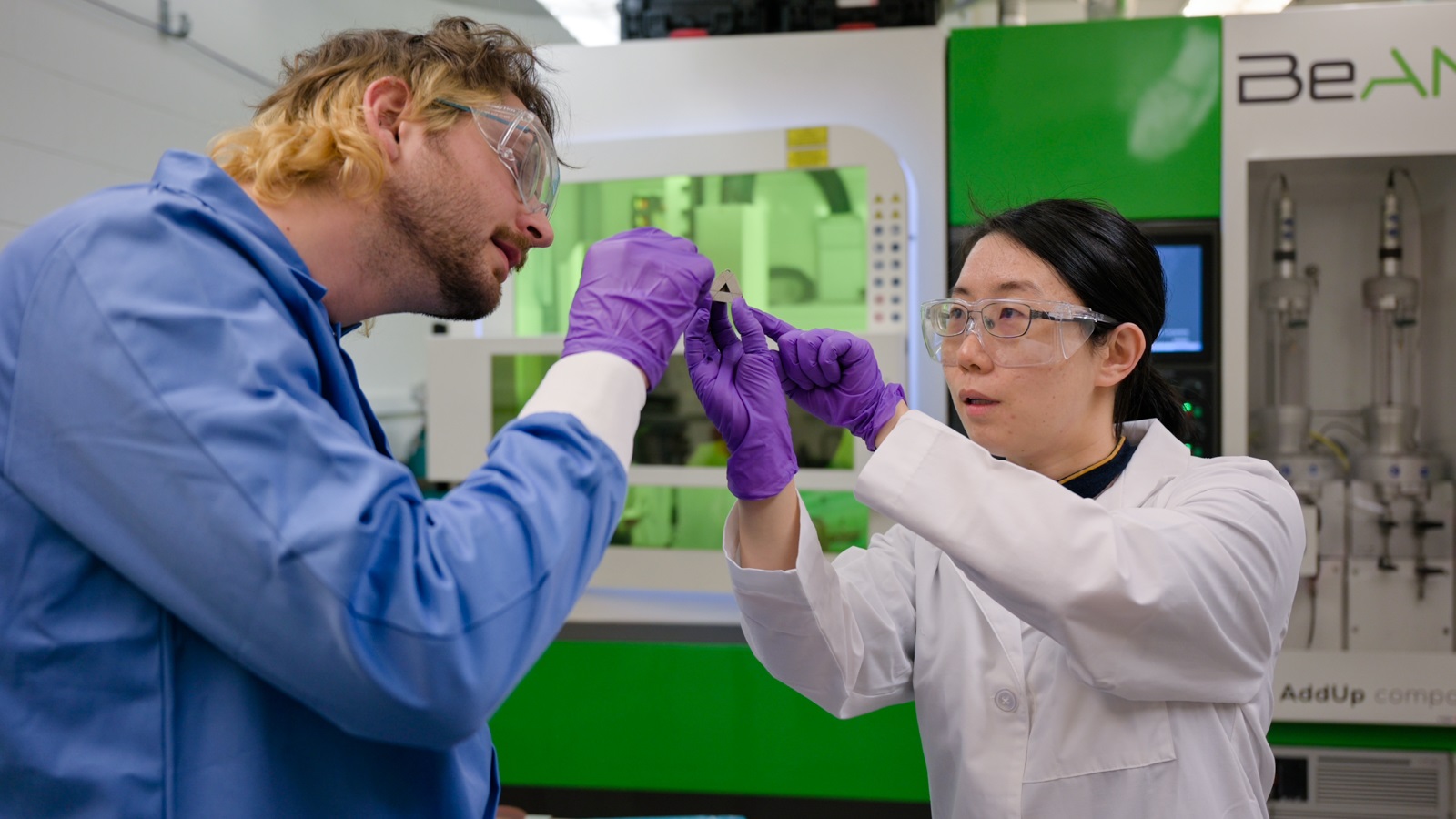
Expertise in 3D printing — and a little sabotage — reveal new heights and less waste
In ideal manufacturing, 3D printing reduces waste, uses less energy and produces fewer greenhouse gas emissions. An entrepreneur and scientist at Argonne National Laboratory are working together to make this future ideal a reality.
Artificial intelligence reframes nuclear material studies
Nuclear energy provides a fifth of total U.S. electrical power and half of its clean electricity. With new results from one scientist’s study of computer vision at Argonne National Laboratory’s IVEM facility, it may do even more.
Argonne to work with nuclear companies in 3 projects funded by the Department of Energy
Argonne National Laboratory will be partnering with three companies as part of a voucher program provided by the Gateway for Accelerated Innovation in Nuclear program of the U.S. Department of Energy’s Office of Nuclear Energy.
Hot salt, clean energy: How artificial intelligence can enhance advanced nuclear reactors
In a recent study, Argonne National Laboratory researchers showed how artificial intelligence could help pinpoint the right types of molten salts for nuclear reactors.
Argonne nuclear engineer Yung Liu wins Special Achievement Award from RFID Journal
Argonne nuclear engineer Yung Liu was honored by RFID Journal for his work creating RFID technologies to track nuclear material shipments.
Confirming the pedigree of uranium cubes from Nazi Germany’s failed nuclear program
Before the Nazis could develop nuclear technology, Allied forces captured the uranium cubes central to Germany’s research. The fate of most is unknown, but a few are thought to be in the U.S. Scientists developing methods to confirm the cubes’ provenance will present their results at ACS Fall 2021.
Sidestepping the Thin Data Problem in National Security
Scientists are developing new techniques to make the most of limited data in the national security space, using explainable artificial intelligence to extract more meaning from the information in hand.

How Argonne is working to power a clean energy revolution
A growing global population will need energy from a range of sources. Scientists at Argonne National Laboratory have been pioneering solutions for 75 years.
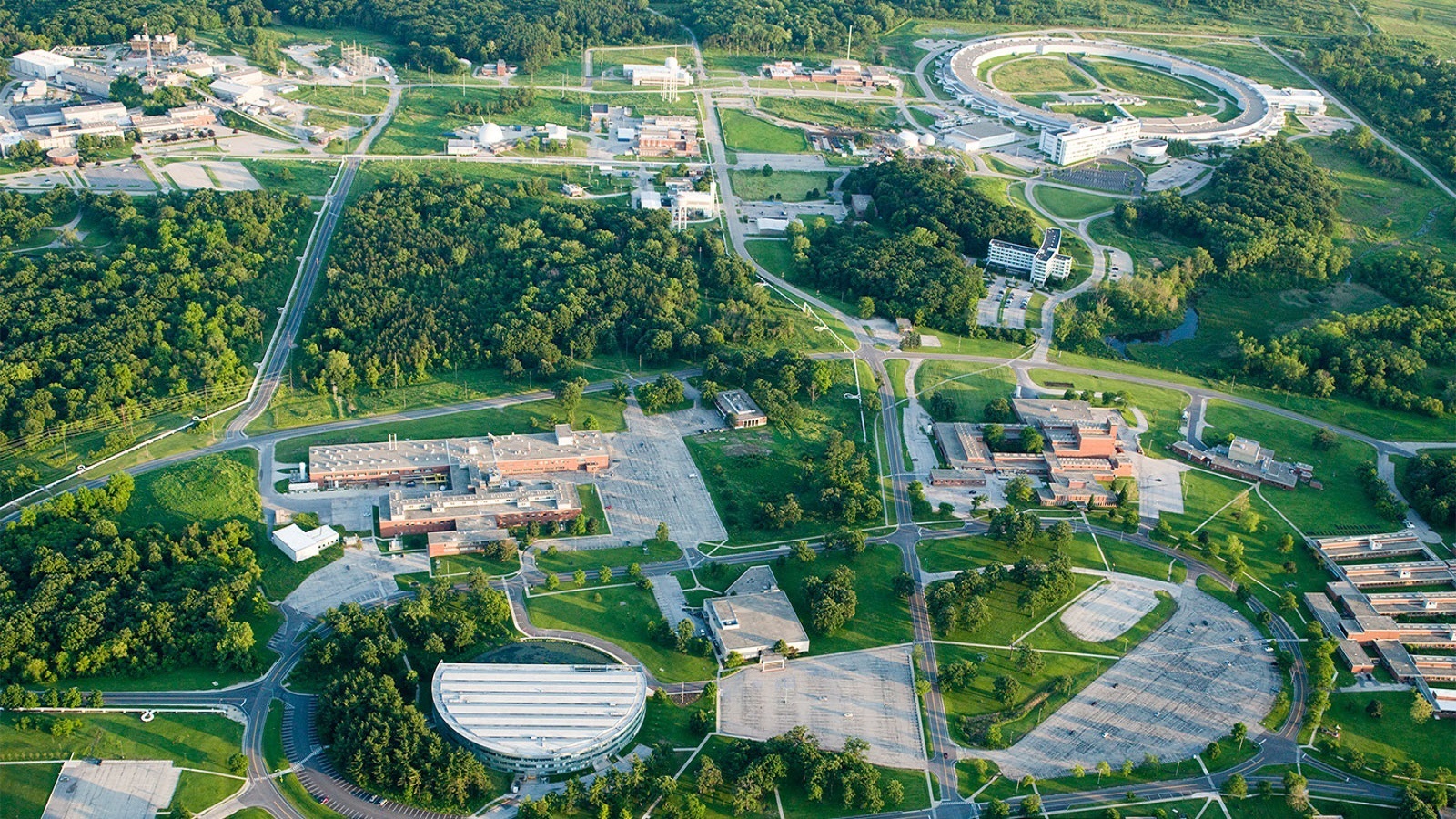
Seventeen from Argonne recognized with Secretary of Energy’s Honor Awards
Six groups that included seventeen scientists from the U.S. Department of Energy’s (DOE) Argonne National Laboratory were recent recipients of the DOE’s 2020 Secretary of Energy’s Honor Awards.

Students of nuclear security have a problem. Here’s how to help them.
Sandia National Laboratories is teaming up with the University of New Mexico to create a new approach to teaching nuclear security.
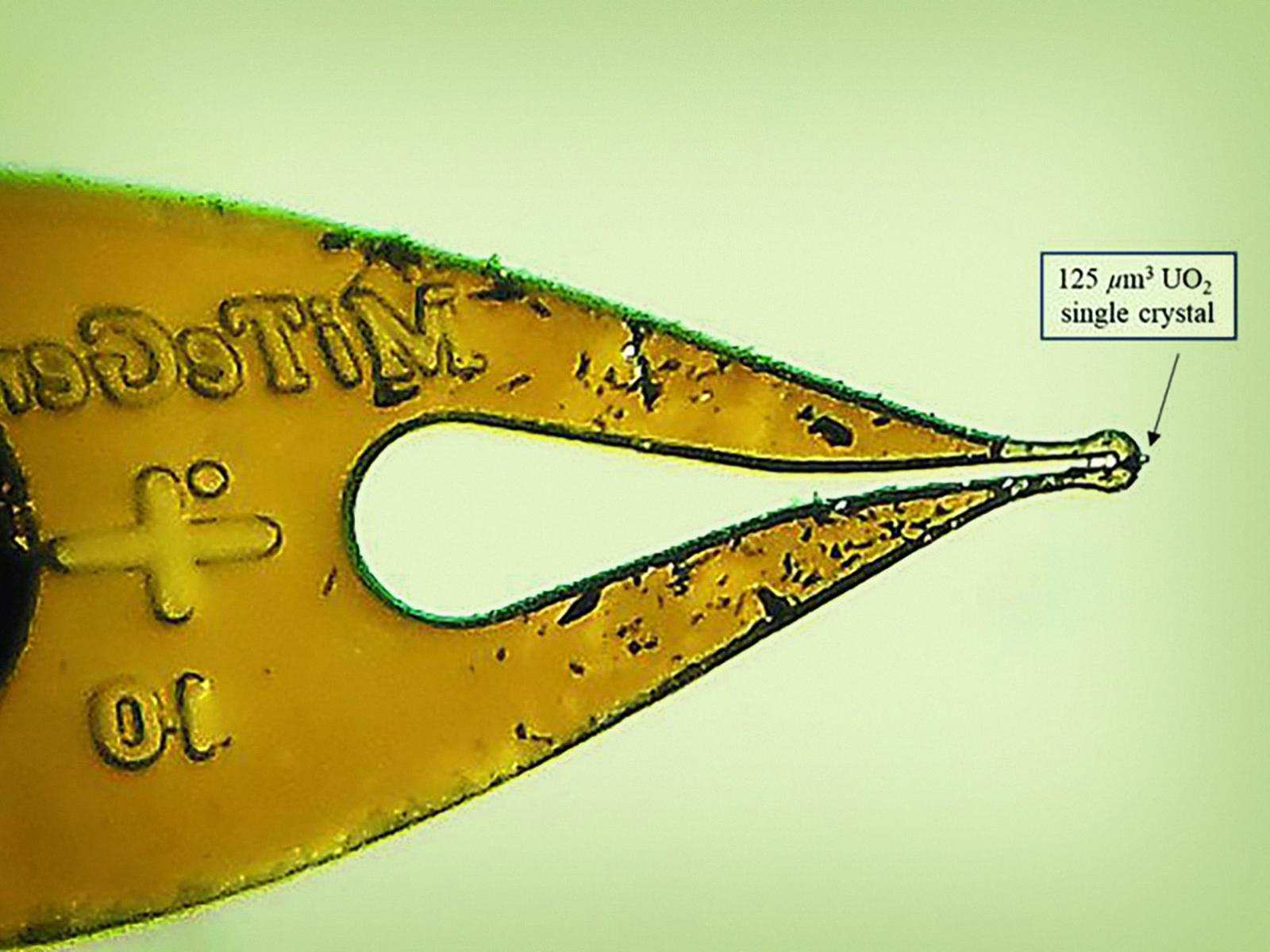
What A Crystal Reveals About Nuclear Materials Processing
PNNL researchers devised a new method to probe the atomic structure of plutonium-containing microcrystals using laboratory-based equipment.

Dept. of Energy takes next step in Versatile Test Reactor program
The U.S. Department of Energy has approved the next stage of the Versatile Test Reactor project, bringing a new advanced nuclear reactor design closer to reality.
Extreme Chemistry of Nuclear Wastes
The PNNL-led IDREAM Energy Frontier Research Center is exploring complex chemical phenomena to enable innovations in radioactive waste processing.
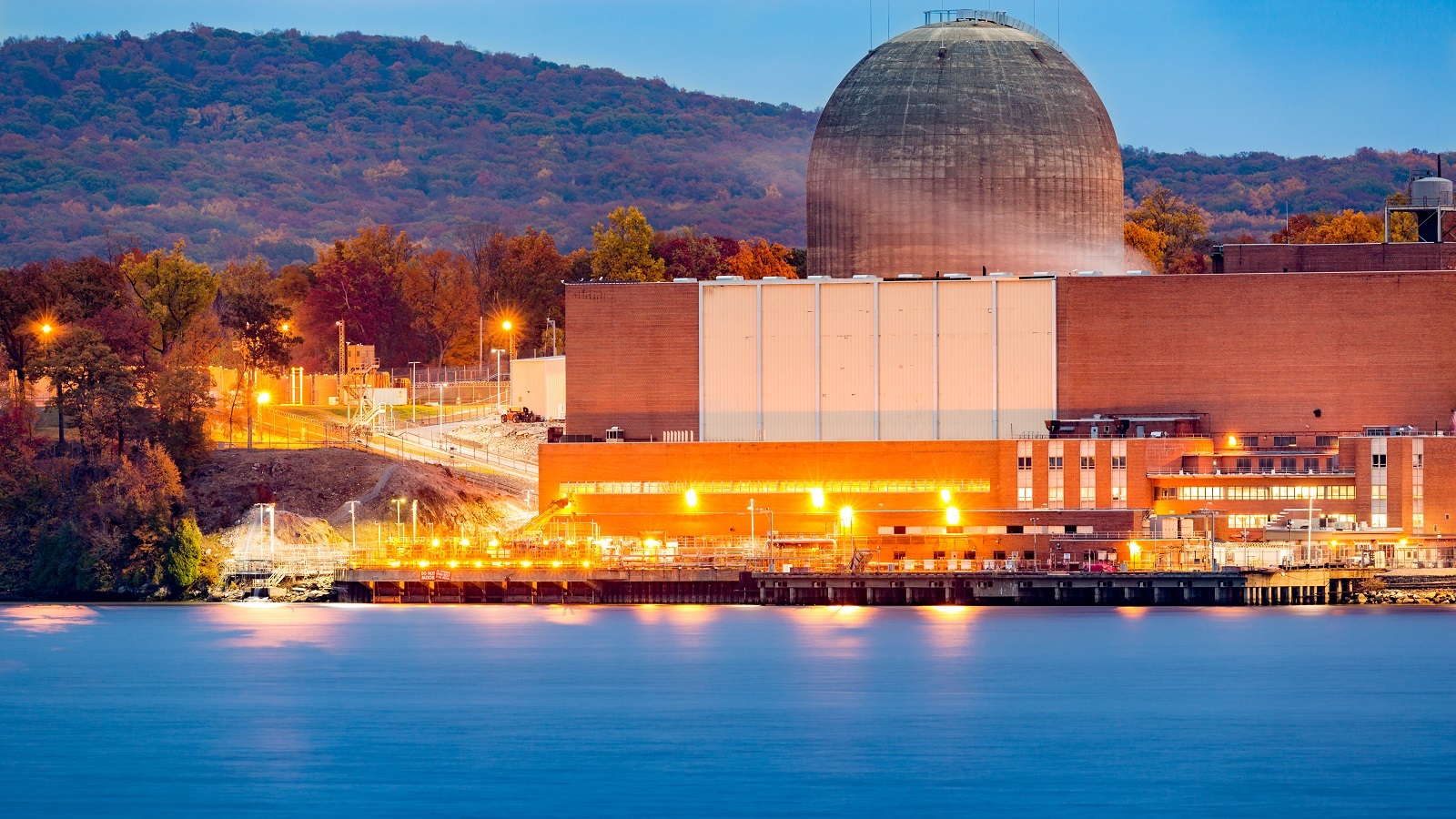
Argonne’s Mitch Farmer honored for addressing challenges to U.S. nuclear energy industry
Nuclear engineer Mitch Farmer has been selected as a fellow by the American Nuclear Society for his work to improve light water reactor development, design and safety.
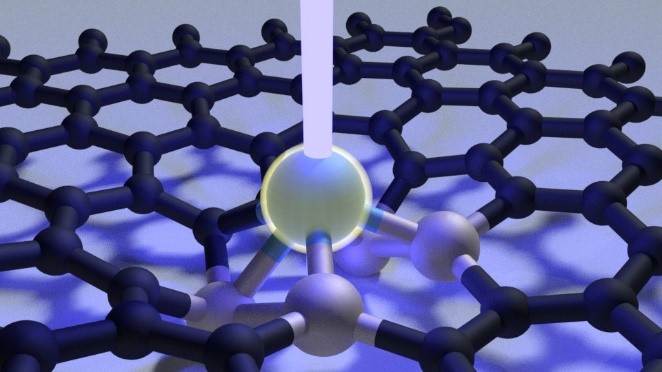
Story Tips: Molding matter atom by atom and seeing inside uranium particles
Story Tips: Molding matter atom by atom and seeing inside uranium particles, from the Department of Energy’s Oak Ridge National Laboratory
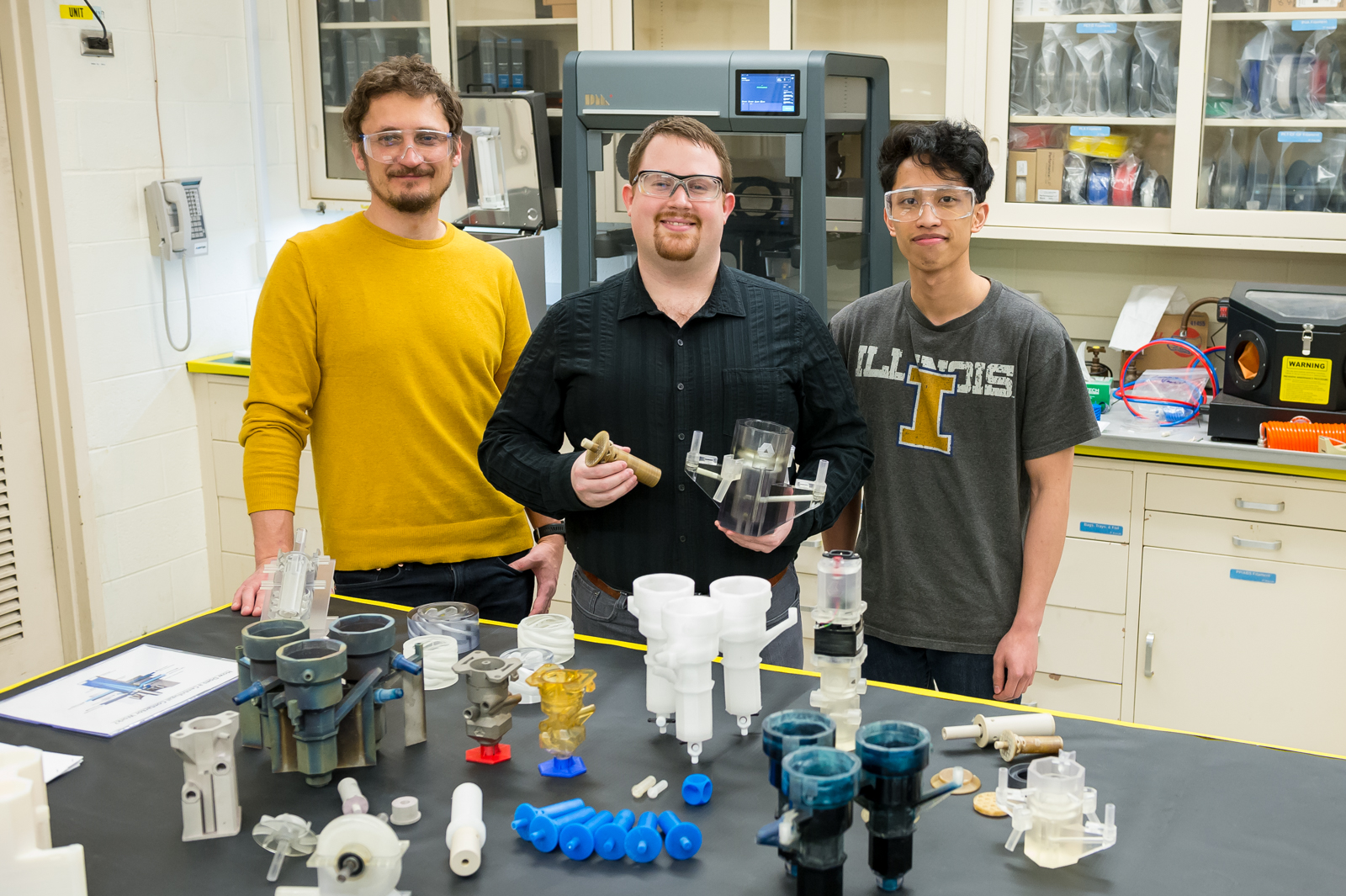
New Argonne 3D printing method could transform recycling material behind vital medical isotope
For the first time in the U.S., Argonne scientists have used 3D printing to scale up the recycling of the precursors of an important medical isotope.
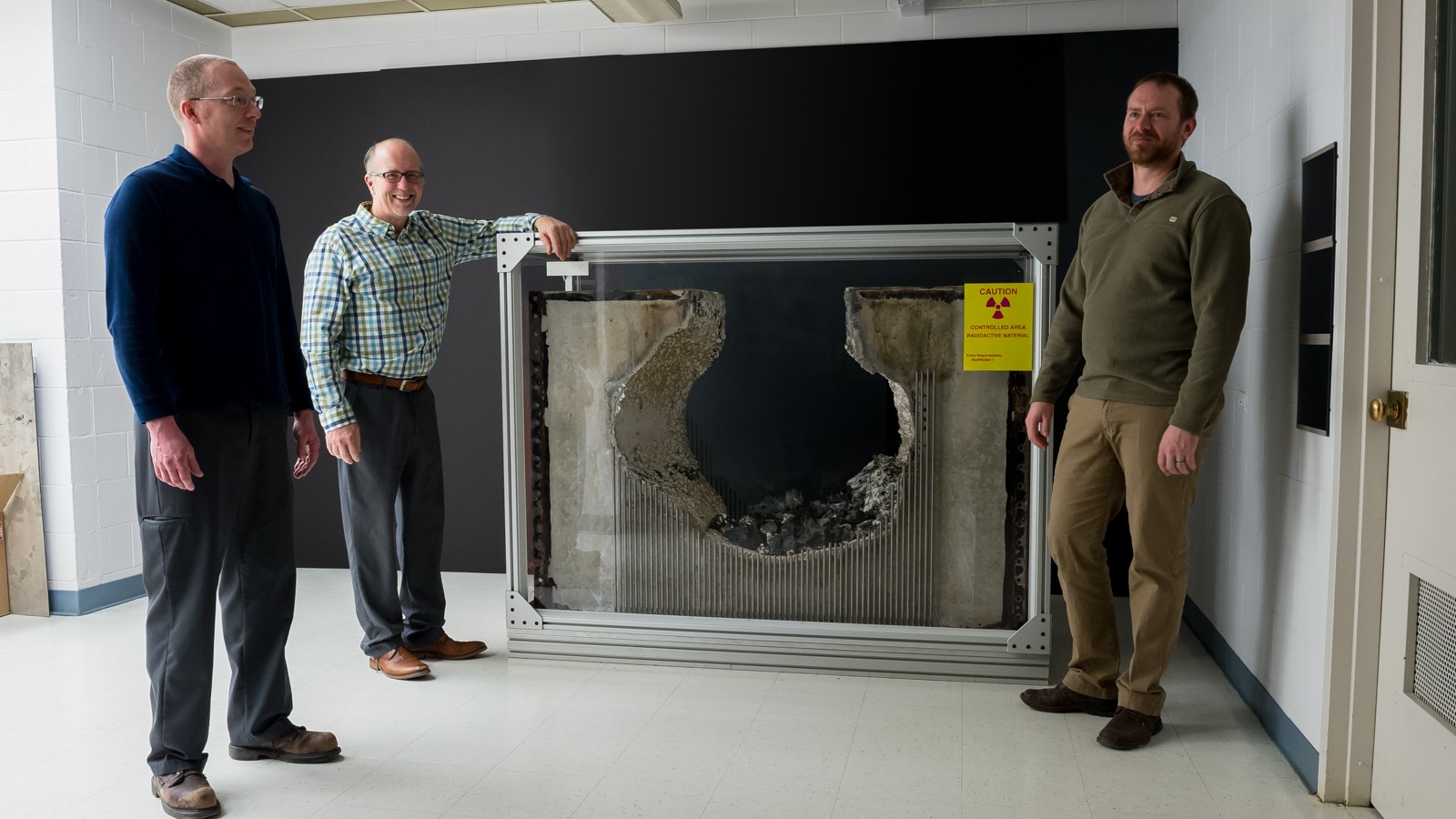
How decades of work at Argonne led to a pivotal moment for U.S. nuclear plants
Severe accident research at Argonne Lab helped the nuclear power industry ensure safety while avoiding $1 billion in unnecessary costs in the wake of the Fukushima disaster.
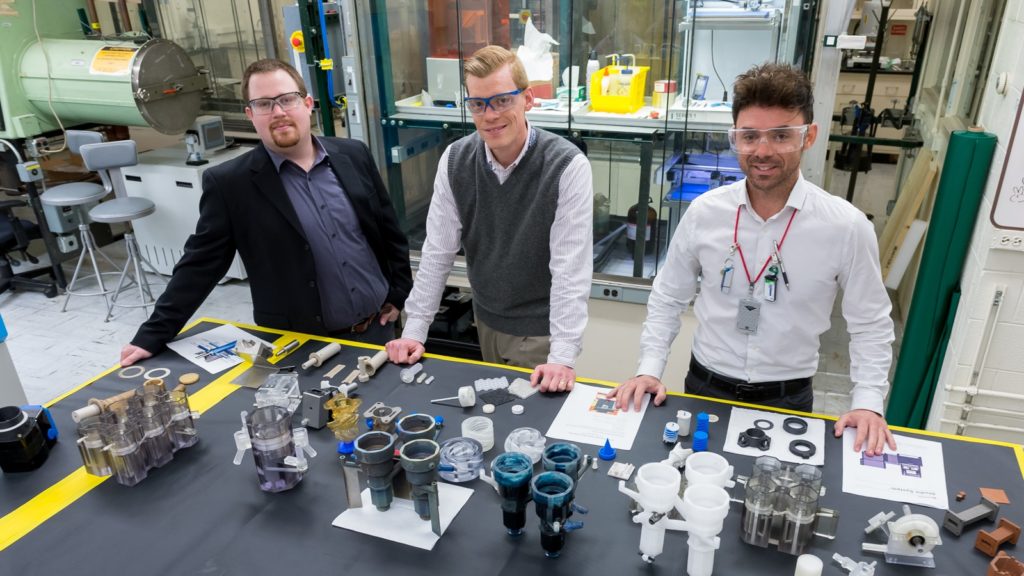
Six degrees of nuclear separation
For the first time, Argonne scientists have printed 3D parts that pave the way to recycling up to 97 percent of the waste produced by nuclear reactors. From left to right: Peter Kozak, Andrew Breshears, M Alex Brown, co-authors of a recent Scientific Reports article detailing their breakthrough. (Image by Argonne National Laboratory.)
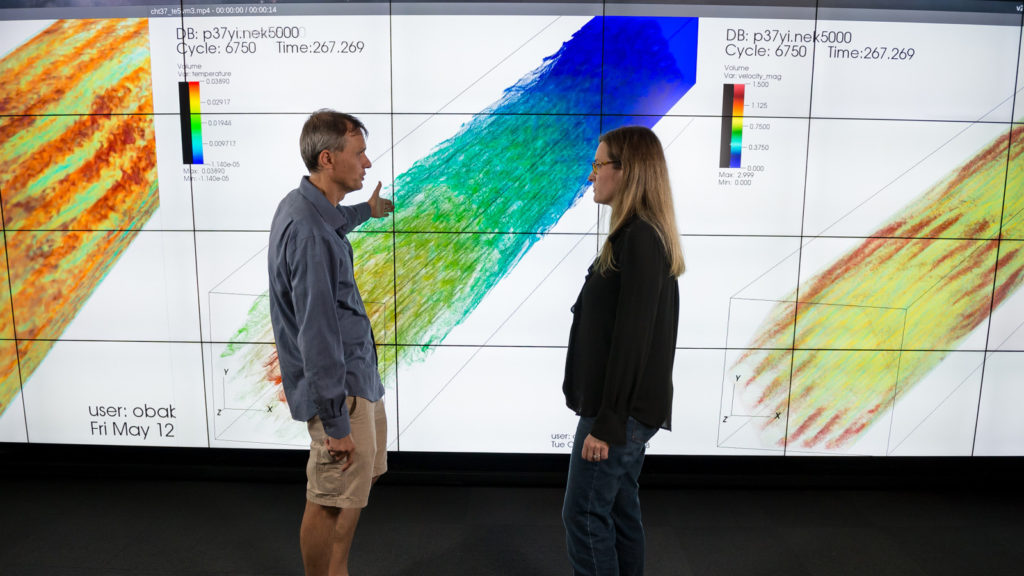
Argonne harnesses virtual power to address the most complex challenges in nuclear science
Designing a new type of nuclear reactor is a complicated endeavor requiring billions of dollars and years of development. Because of the high cost, Argonne researchers are running a broad suite of computational codes on supercomputers that offer power available at only a few sites worldwide.
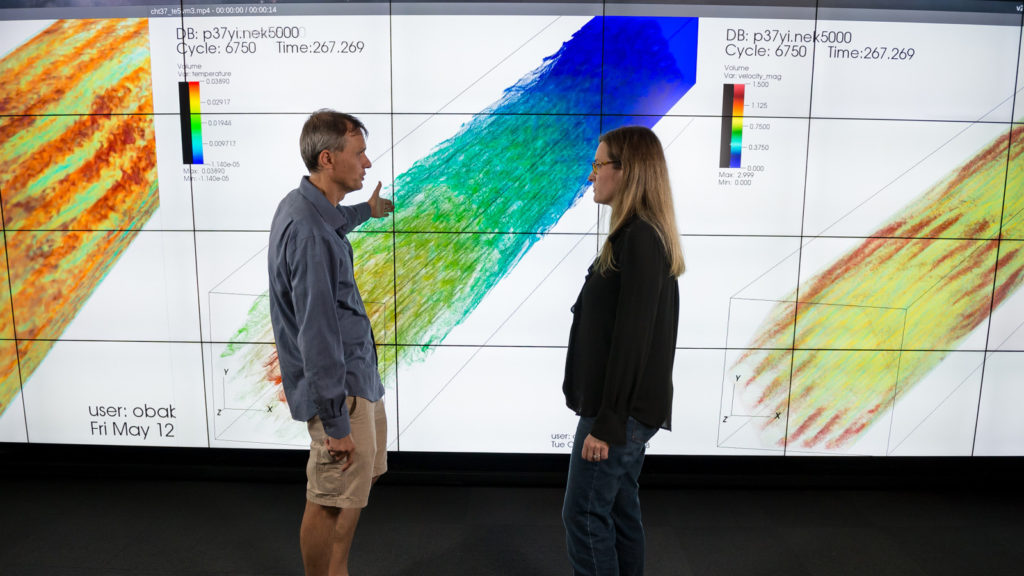
Argonne harnesses virtual power to address the most complex challenges in nuclear science
Designing a new type of nuclear reactor is a complicated endeavor requiring billions of dollars and years of development. Because of the high cost, Argonne researchers are running a broad suite of computational codes on supercomputers that offer power available at only a few sites worldwide.
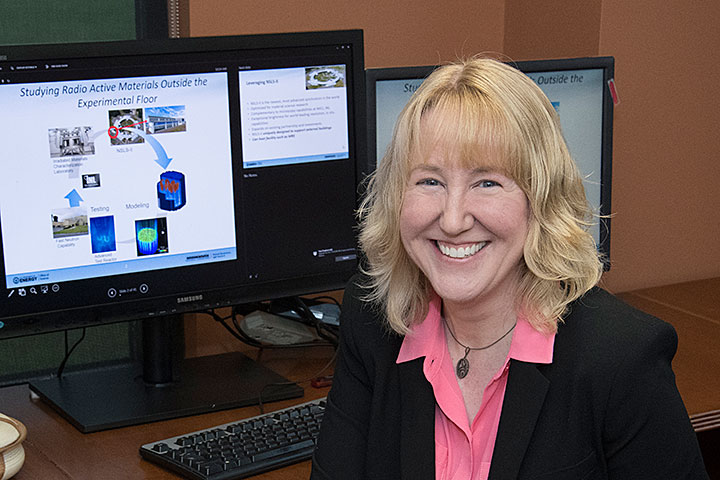
Lynne Ecker: A Nuclear Materials Scientist
Ecker became chair of Brookhaven’s Nuclear Science and Technology Department in October 2018, bringing expertise in nuclear reactor materials.
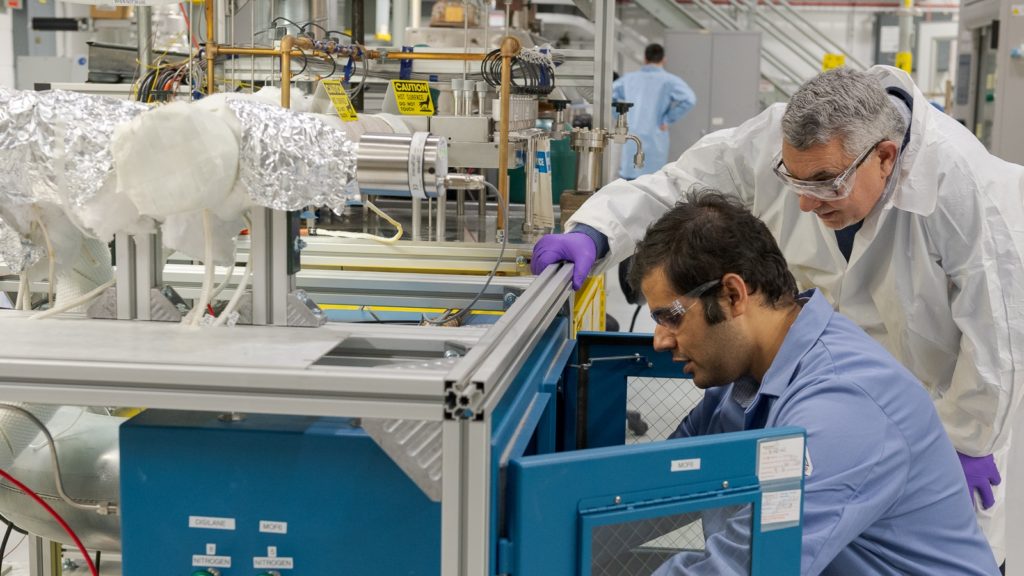
Argonne discovery offers new way to coat nuclear materials
Argonne scientists have discovered a new way to coat nuclear materials that supports efforts to minimize use of high-enriched uranium.